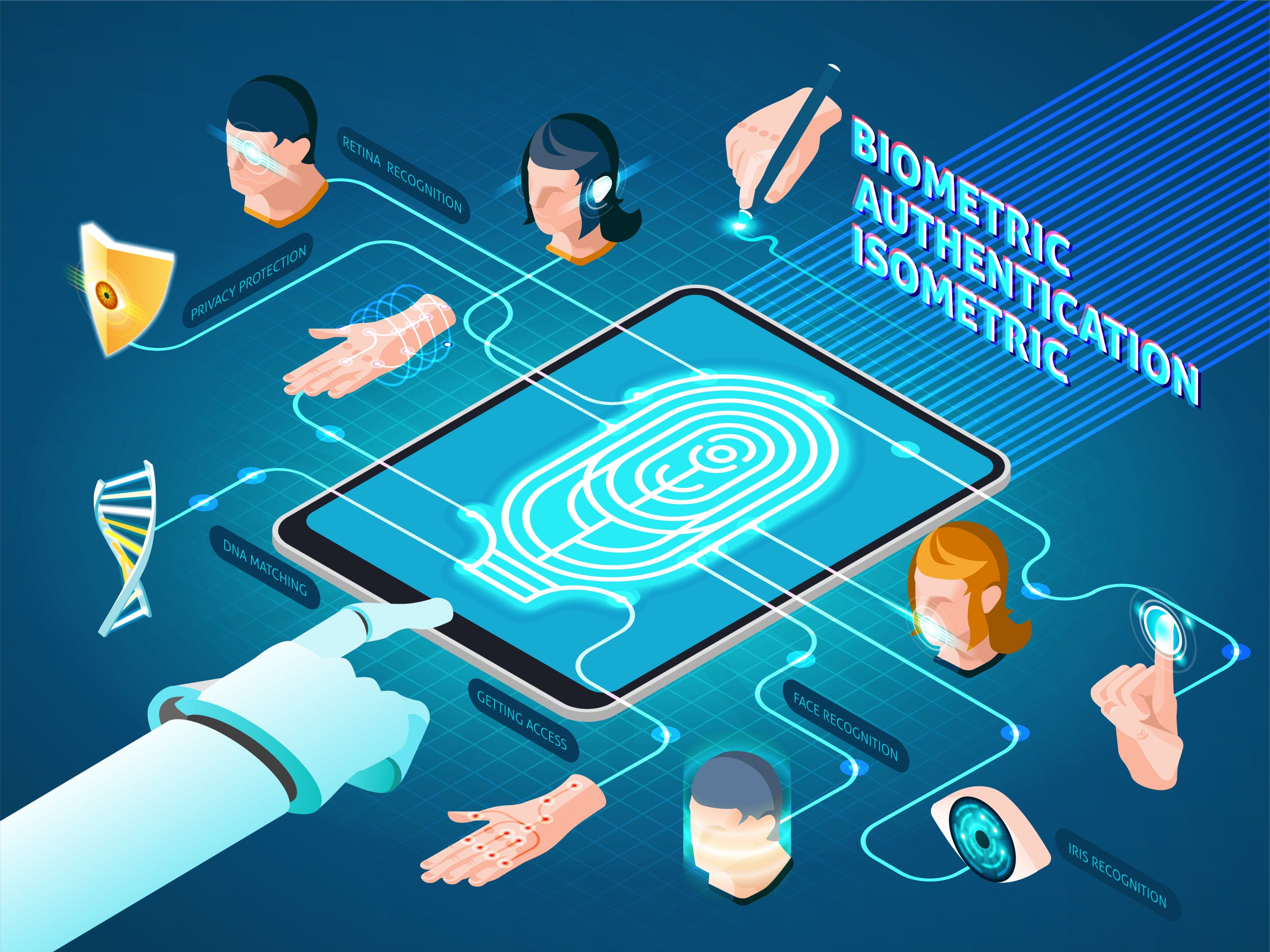In the modern digital age, securing our personal information and digital assets is of paramount importance. Biometric authentication has emerged as an enticing solution, promising a more secure and convenient way to access devices, applications, and services. From fingerprint scans to facial recognition and iris detection, biometric authentication has seen widespread adoption in various industries. However, like any technology, it is not without its vulnerabilities. In this blog, we’ll explore some of the key biometric authentication vulnerabilities and the challenges they pose in achieving a balance between convenience and security.
The Appeal of Biometric Authentication
The appeal of biometric authentication lies in its convenience and perceived security. Unlike traditional authentication methods such as passwords and PINs, biometrics offer a more natural and effortless way to verify identity. Users no longer need to remember complex passwords or worry about forgotten credentials. Biometric data is unique to each individual, making it seemingly foolproof. Moreover, biometric authentication can prevent many forms of identity fraud, providing an added layer of security to safeguard sensitive data.
Common Biometric Authentication Vulnerabilities
- Spoofing and Presentation Attacks: One of the primary vulnerabilities of biometric authentication is the potential for spoofing or presentation attacks. These attacks involve using forged biometric data to deceive the system. For example, attackers may use a high-resolution photograph, a 3D-printed replica, or even recorded video footage to mimic a valid biometric sample and gain unauthorized access.
- Biometric Data Breaches: Biometric data is highly sensitive, as it directly links an individual’s physical attributes to their identity. If a database containing biometric data is breached, the consequences can be severe. Unlike passwords, which can be changed, biometric data cannot be easily modified. Once compromised, it remains compromised for life, leaving individuals vulnerable to identity theft and potential misuse of their biometric information.
- False Acceptance and Rejection Rates: Biometric systems are not infallible, and they can produce false acceptance and rejection rates. A false acceptance occurs when an unauthorized user gains access by being falsely identified as an authorized one. On the other hand, a false rejection happens when an authorized user is denied access because the system fails to recognize their valid biometric data. Balancing these error rates is crucial to avoid security risks and inconvenience for legitimate users.
- Lack of Standardization and Regulation: The biometric authentication landscape lacks a comprehensive set of standards and regulations, leading to inconsistencies in security practices across different implementations. This lack of standardization can make some biometric systems more vulnerable to attacks than others.
- Physical Alterations and Changes: Biometric characteristics can change over time due to injuries, illnesses, or aging. For example, a fingerprint scan might become less accurate due to a cut or scar, and facial recognition might struggle to recognize an individual after substantial weight loss or gain. Such changes can lead to increased false rejection rates, making it difficult for users to access their own accounts.
Mitigating Biometric Authentication Vulnerabilities
Despite these vulnerabilities, biometric authentication can still be secure when proper measures are in place. Here are some strategies to mitigate the risks:
- Multi-Factor Authentication (MFA): Combining biometric authentication with traditional methods like passwords or PINs creates an additional layer of security. MFA ensures that an attacker would need to bypass multiple barriers to gain unauthorized access.
- Continuous Monitoring: Implementing continuous monitoring in biometric systems can help detect and prevent presentation attacks. For instance, liveness detection techniques can verify that the biometric data being presented is from a live person, not a static image.
- Encryption and Secure Storage: Biometric data should be encrypted both during transmission and storage. Secure storage practices, including hashing and salting, can make it significantly more challenging for attackers to make use of stolen biometric data.
- Regular Updates and Patching: Biometric systems should be regularly updated to address known vulnerabilities and stay ahead of emerging threats.
- Ethical and Transparent Use: Companies collecting biometric data must be transparent about their practices and obtain explicit consent from users. They should also ensure that the data is used ethically and not shared without proper authorization.
Biometric authentication offers a promising path to a more secure and convenient future. However, like any technology, it is not without its challenges. Addressing biometric vulnerabilities requires a multi-faceted approach that combines robust security practices, user education, and regulatory oversight. By striking the right balance between convenience and security, we can harness the potential of biometric authentication while safeguarding our digital identities in an increasingly interconnected world.
